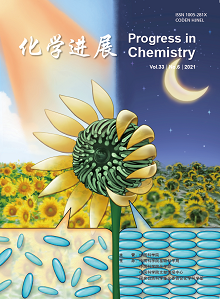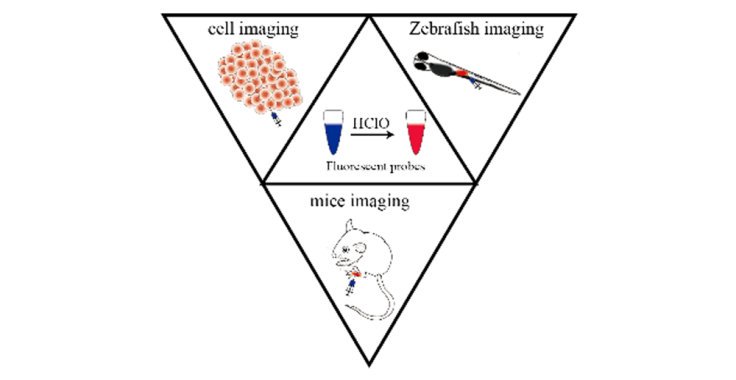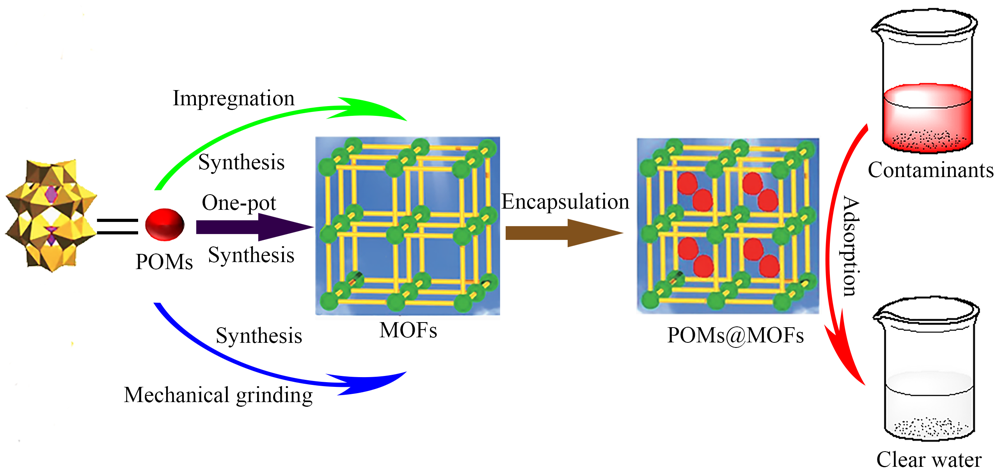Zhicheng Fu, Jiaxi Xu. Synthesis of Oxetanes[J]. Progress in Chemistry, 2021, 33(6): 895-906.
Oxetanes are a class of saturated four-membered cyclic ether compounds. They are not only an important class of organic synthetic intermediates, but also crucial active structural units of natural and synthetic biological and medicinal active compounds possessing anti-cancer, inhibition of human immunodeficiency virus, as well as inhibiting glutamine synthetase in clinical practice. Thus, it is in high demand to develop efficient methods for constructing oxetane structural motifs. In this review, the intramolecular cyclization reaction via C—C bond formation, the intramolecular Williamson etherification by the formation of C—O bond, the [2+2] photocycloadditions of alkenes with aldehydes and ketones(named as Paternò-Büchi reaction), transition metal catalyzed formal [2+2] cycloadditions, sulfide ylide-mediated epoxide ring expansion, and the C—H bond oxidative cyclization are reviewed with a focus on new progress in the synthesis of oxetanes during the last five years. It is hoped that this review can provide some valuable information for the organic chemists who are interested in the construction of the oxetane skeleton and promote the development on the synthesis and application of oxetanes.
1 Introduction
2 Cyclization through the C—C bond formation
3 Cyclization through the C—O bond formation
4 Ring expansion reaction of epoxides
5 [2+2] Cycloadditions
5.1 Paternò-Büchi [2+2] photocycloadditions
5.2 Formal [2+2] cycloadditions
6 C—H bond oxidative cyclizations
7 Conclusion





















